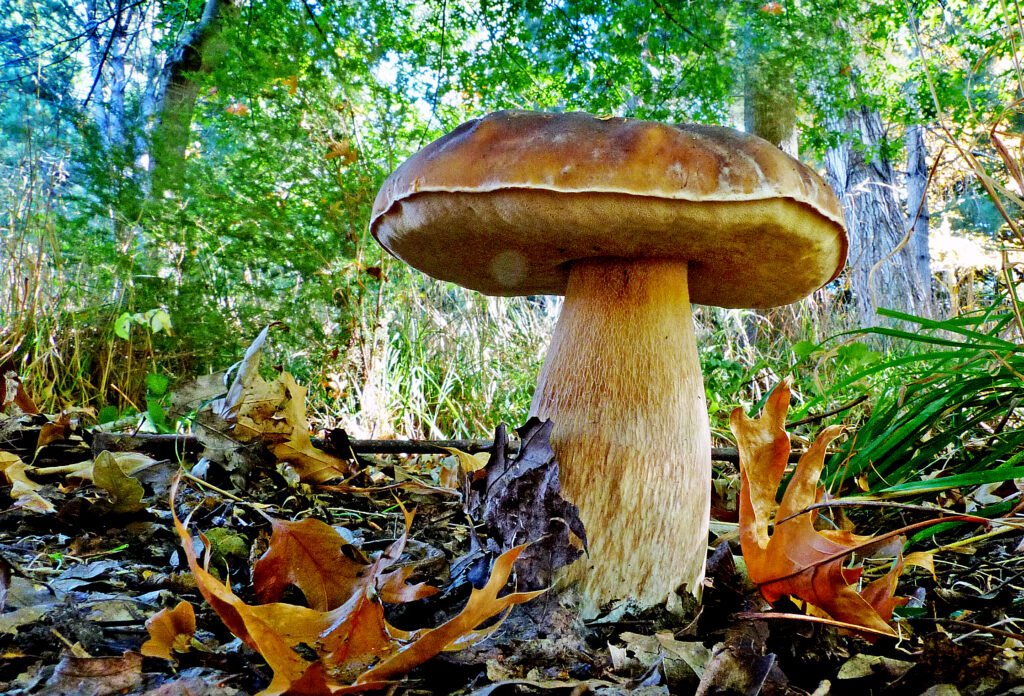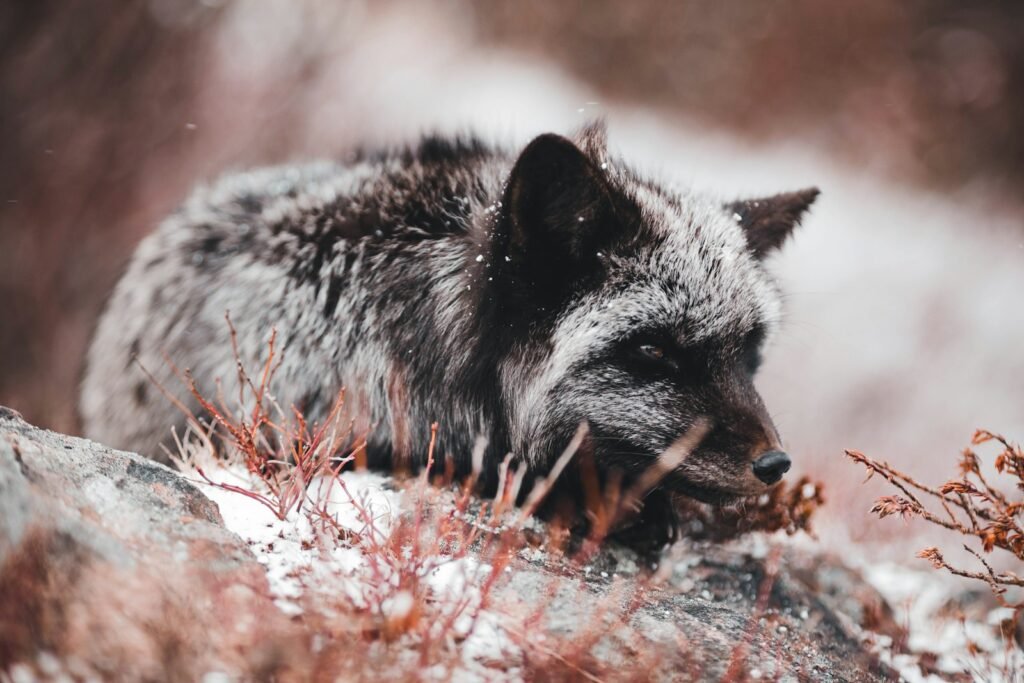Walk into a quiet forest and the drama is all underfoot. Beneath the leaf litter and moss, an invisible web of fungal threads is busy routing nutrients, warnings, and water between roots. Scientists now see these mycorrhizal networks as the living circuitry of many ecosystems, connecting trees into communities rather than isolated individuals. The mystery is shifting to measurement: how far, how fast, and how meaningfully do these underground exchanges shape the fate of forests? As new tools pierce the soil’s secrecy, a picture is emerging that is both practical for land managers and surprising for anyone who thought trees stand alone.
The Hidden Clues

Stand still on a shaded trail and a forest can look motionless, but the soil is buzzing with fungal filaments thinner than a human hair. These hyphae fuse with roots to form mycorrhizae, extending a tree’s reach into micro-pores that roots alone cannot access. In exchange for sugars made from sunlight, fungi gather mineral nutrients and water, turning the ground into a kind of cooperative marketplace. The result is an underground mesh that often links multiple plants, sometimes across species and generations.
Field experiments have detected carbon, nitrogen, and even water moving through this lattice under certain conditions. Young seedlings shaded by canopy neighbors can receive a measurable boost via the shared network, especially when stress hits. Signals associated with defense or drought appear to propagate, priming nearby plants before trouble arrives. It’s not whispering in the human sense, but it is timely information in a medium built for survival.
From Ancient Tools to Modern Science

Farmers and foragers long noticed that certain trees thrived with fungal companions, a practical wisdom baked into traditional forestry and orchard care. What changed the game was the arrival of tracers and genetic tools that could follow movement molecule by molecule. Researchers now tag carbon or nitrogen with stable isotopes and track their route from donor to receiver through roots and mycelium. DNA sequencing maps who’s down there, revealing fungal consortia and the plant partners they prefer.
Instruments that once lived only in physics labs now sit beside soil cores and seedling pots, measuring fluxes at the scale of micrometers. Network analysis – borrowed from social science and the internet – helps infer which hubs matter most and when links fail. The upshot is a shift from metaphor to mechanism, as hypotheses about sharing and signaling confront real numbers. Some findings are dramatic, while others are sobering reminders that soil is complex and context rules.
The Underground Economy

At its heart, the fungus–tree pact is a trade: sugars for nutrients, cost for benefit, risk for resilience. Fungi shuttle phosphorus and nitrogen, harvest scarce water, and even filter heavy metals in some soils, while trees pay in carbohydrates. When drought tightens the budget, this marketplace grows consequential, with stressed plants sometimes drawing on the network’s pooled reach. Saplings tucked in shade have been shown to receive support from larger neighbors, especially during the fragile first years.
But economies have rules, and not every transfer is generous. Some exchanges appear reciprocal, while others look like triage under pressure, with flows changing direction as seasons and stressors change. Fungal partners can be picky, favoring certain species or individuals that return the best sugar. The forest ledger isn’t charity; it’s a negotiated, constantly re-priced contract.
Signals, Not Speech

Plants and fungi do not talk, yet they broadcast biochemical context the way cities glow before sunrise. When roots encounter herbivory or pathogens, they adjust hormone-like molecules and metabolic profiles that can travel through shared fungal links. Neighboring plants connected to the same network sometimes respond earlier, bolstering defenses before the attack peaks. This priming can reduce damage in controlled trials, though the strength and consistency of the effect vary.
Some studies hint at fast electrical changes along mycelial threads, but the ecological meaning of those spikes remains contested. Soil is noisy, and disentangling true signals from background chemistry is hard even with careful controls. The safest conclusion today is modest and powerful: networks transmit cues that shift plant behavior in ways that can matter when stress arrives. It’s coordination, not conversation.
Global Perspectives

Not all forests wire themselves the same way. In cool, nutrient-poor boreal and many temperate regions, ectomycorrhizal fungi often dominate, forming thick sheaths around roots and building long-lived networks. In tropical forests and grasslands, arbuscular mycorrhizae weave inside root cells and can turn over rapidly, reflecting faster life cycles and intense competition. These differences shape how carbon and nutrients move, and how forests respond to heat, drought, and disturbance.
Land use choices ripple through these systems. Clear-cutting, intensive tillage, and heavy, broad-spectrum fungicides can fracture networks that took decades to assemble. Restoration projects increasingly consider local fungal partners, using soil transplants or inoculation to jump-start native plantings. Choosing regional seed mixes and saving the topsoil’s microbial “memory” can tilt reforestation toward success rather than struggle.
Why It Matters

This is more than a natural history curiosity; it resets how we manage living landscapes. If forests function as connected communities, then protecting keystone hubs and preserving soil integrity can pay resilience dividends. Traditional management often treated each tree as a unit of volume, optimizing growth and harvest cycles tree by tree. A network lens suggests keeping veteran trees and undisturbed soil corridors can stabilize neighborhoods, not just individuals.
Conventional agriculture leans on fertilizer and irrigation to brute-force productivity, but mycorrhizae offer a subtler pathway to efficiency. Inoculation and reduced tillage can help crops access nutrients while buffering against heat and water stress, though benefits depend on soil history and crop type. The science here is practical: fewer inputs, steadier yields, and soils that hold water like a well-packed sponge. Even partial gains matter when climate extremes turn one bad week into a lost season.
The Future Landscape

New tools promise to turn soil from a black box into a dashboard. Metagenomics and long-read sequencing are tying fungal identities to functions, while nanoscale imaging traces isotopes through single cells. Miniaturized sensors will soon log moisture and chemical gradients inside the rhizosphere without ripping the scene apart. Machine learning is starting to predict where networks concentrate – and where they break – across entire watersheds.
The challenges are as real as the promise. Results from pots do not always scale to forests spanning mountains, and seasonal shifts can flip conclusions. Policy moves slowly when evidence is mixed, and the rush to commercialize microbial products risks overselling outcomes. The next leap will pair open data with long-term field plots, letting managers choose practices tested by years, not weeks.
What You Can Do Now

Start with the ground you own or influence. Disturb soil as little as possible, plant native species, and pile leaves or wood chips to feed the fungi that feed your plants. Avoid unnecessary fungicides in yards and community gardens, and water deeply but less often to encourage roots to explore. If you’re replanting trees, ask nurseries about mycorrhizal-friendly practices and choose diverse mixes suited to your region.
Support local land trusts that protect old soils as well as old trees, and back research groups running long-term forest experiments. Urban planners and school boards can build fungal-aware green spaces by preserving mature root zones and using mycorrhizal inocula during planting. The first time I gently lifted a mat of moss in a hemlock grove, the soil smelled like rain and possibility, and the forest felt less like scenery and more like a neighborhood. Doesn’t it change how you walk among trees when you know they’re connected?
Sources: Peer-reviewed research on common mycorrhizal networks in journals such as Nature, Science, and Trends in Plant Science; field-based reviews on forest mycorrhizae and carbon–nutrient exchange published in Ecology Letters and Nature Ecology & Evolution.

Suhail Ahmed is a passionate digital professional and nature enthusiast with over 8 years of experience in content strategy, SEO, web development, and digital operations. Alongside his freelance journey, Suhail actively contributes to nature and wildlife platforms like Discover Wildlife, where he channels his curiosity for the planet into engaging, educational storytelling.
With a strong background in managing digital ecosystems — from ecommerce stores and WordPress websites to social media and automation — Suhail merges technical precision with creative insight. His content reflects a rare balance: SEO-friendly yet deeply human, data-informed yet emotionally resonant.
Driven by a love for discovery and storytelling, Suhail believes in using digital platforms to amplify causes that matter — especially those protecting Earth’s biodiversity and inspiring sustainable living. Whether he’s managing online projects or crafting wildlife content, his goal remains the same: to inform, inspire, and leave a positive digital footprint.




